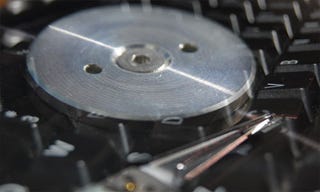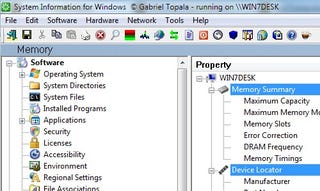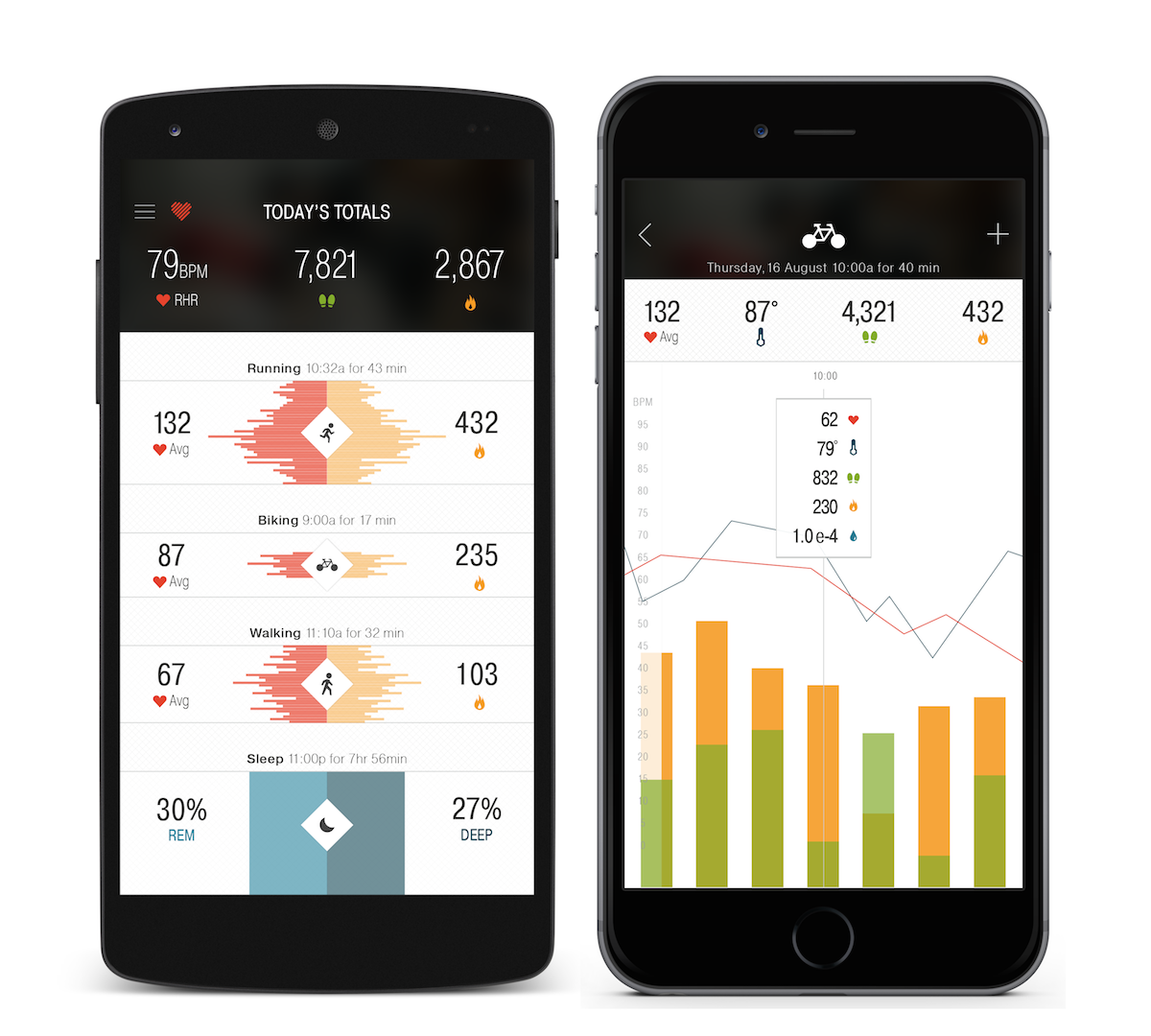Embora o nome da NASA (National Aeronautics and Space Administration) esteja ligado de forma indissociável à exploração do espaço, muitos dos projetos desenvolvidos pela agência americana acabam resultando em produtos que modificam nosso cotidiano aqui mesmo na Terra. Dessa forma, é sábio prestar que está sendo trabalhado atualmente por ela, já que isso pode nos dar vários relances sobre como vamos lidar com a tecnologia no futuro.
Neste artigo, reunimos alguns dos projetos mais curiosos que estão sendo desenvolvidos atualmente pela entidade. Embora muitos deles pareçam estranhos e desafiem os limites da lógica, o fato de todos estarem baseados na mais pura ciência nos deixa animados quanto à perspectiva de que um dia eles passem a afetar de maneira concreta a maneira como vivemos.
1) Viagem sem uso de combustíveis
Novos motores espaciais atualmente em desenvolvimento pela NASA parecem violar as leis de movimento e conservação de energia de Newton — e, mesmo assim, eles continuam a funcionar. Adotando um design cônico distinto, a Cannae Drive consegue criar impulso em um processo que dispensa totalmente a projeção de combustíveis.
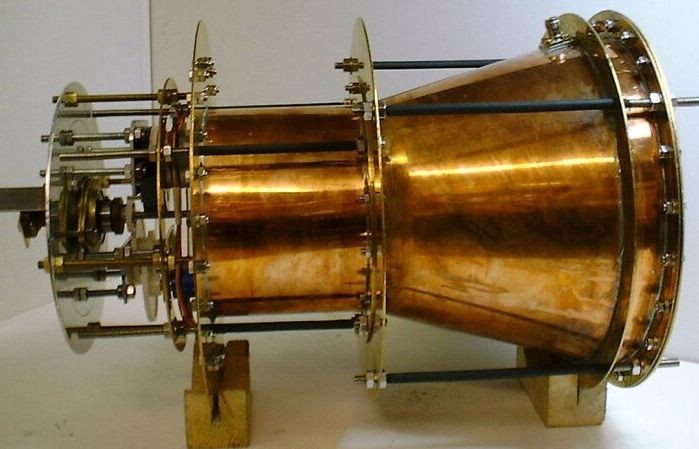
Para isso, o dispositivo usa a radiação de micro-ondas para produzir pressão, o que faz com que ele seja propelido na direção desejada. Embora o projeto ainda esteja em fase de desenvolvimento, já há uma alternativa parecida — conhecida como EmDrive — em produção no Reino Unido.
Atualmente, o Cannae Drive consegue produzir somente alguns micronewtons de energia — valor ainda menor do que o bater de asas de uma borboleta. No entanto, a invenção mostra relances de que a NASA pode eventualmente desenvolver um tipo totalmente novo e revolucionário de motor que não só eliminaria o uso de combustíveis fósseis, como também tornaria viagens ao espaço profundo algo viável.
2) Controle aéreo para drones
Embora drones já sejam algo comum em zonas militarizadas ou que passam por alguma espécie de conflito bélico, logo eles devem tomar os céus das grandes cidades do mundo. Ciente dessa tendência, a NASA está desenvolvendo um sistema de controle aéreo capaz de coordenar os movimentos e rotas desses pequenos aparelhos não tripulados.
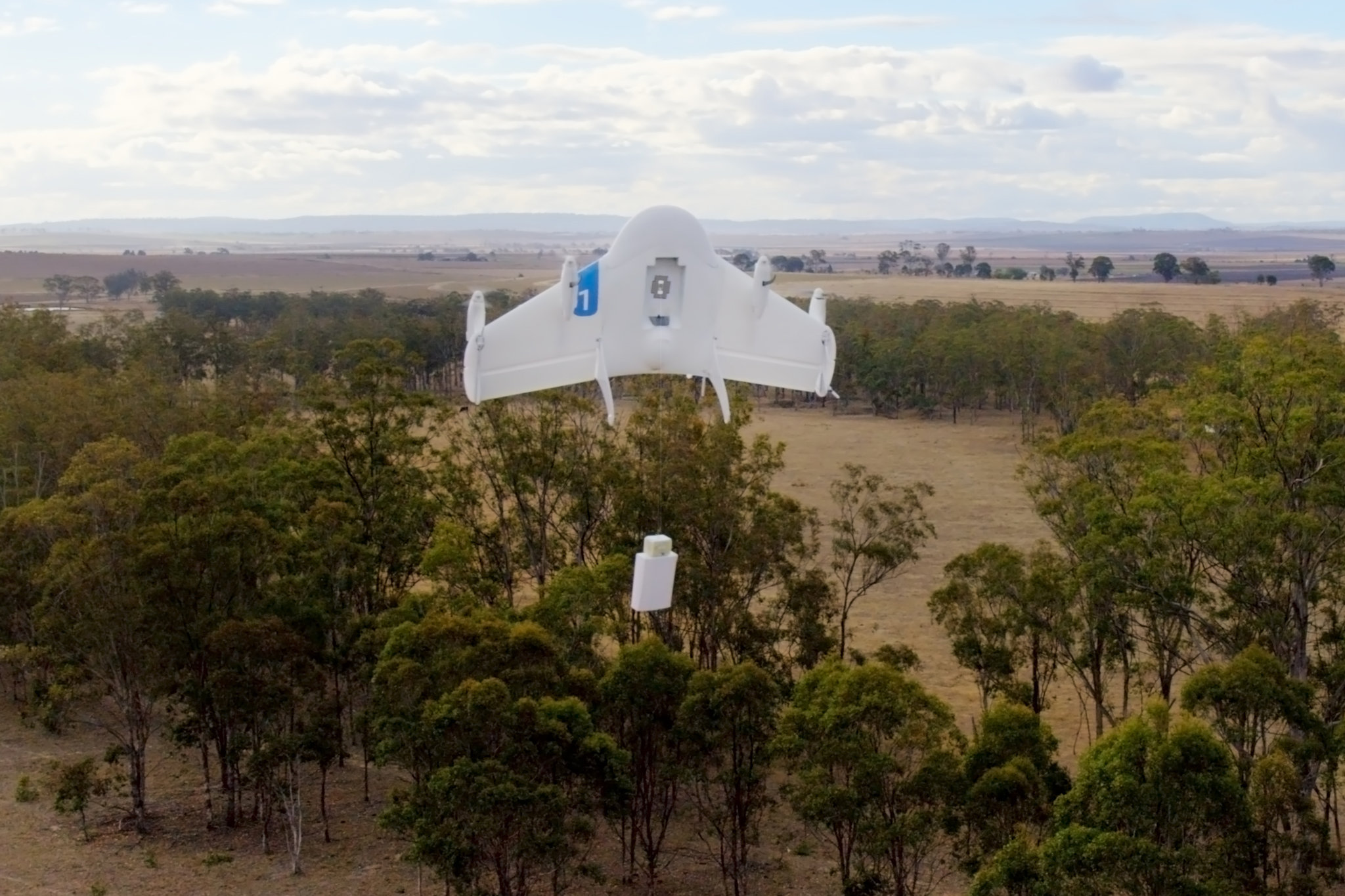
Os primeiros testes do sistema devem ser conduzidos em áreas rurais — o que deve evitar que um aparelho em chamas caia acidentalmente na porta de sua casa. Em sua etapa inicial, o projeto deve se focar em drones usados para fiscalizar o crescimento e a distribuição de safras em território norte-americano.
A previsão é a de que, serem usados em escala comercial, drones vão voar a uma altura que varia entre 120 e 150 metros de altitude. Ao que tudo indica, o sistema da NASA vai começar a surtir os primeiros resultados em um período mínimo de quatro anos, visto a grande quantidade de variáveis que devem ser levadas em conta durante sua elaboração.
3) Ratos astronautas
Como forma de estudar os resultados que a exposição prolongada a microgravidades causam em mamíferos, a NASA deve enviar em breve ao espaço sua primeira tripulação de “ratos astronautas”. Os roedores, cuja expectativa de vida é de dois anos, devem passar seis meses dentro da Estação Espacial Internacional e vão ser observados em diferentes estágios de suas vidas.
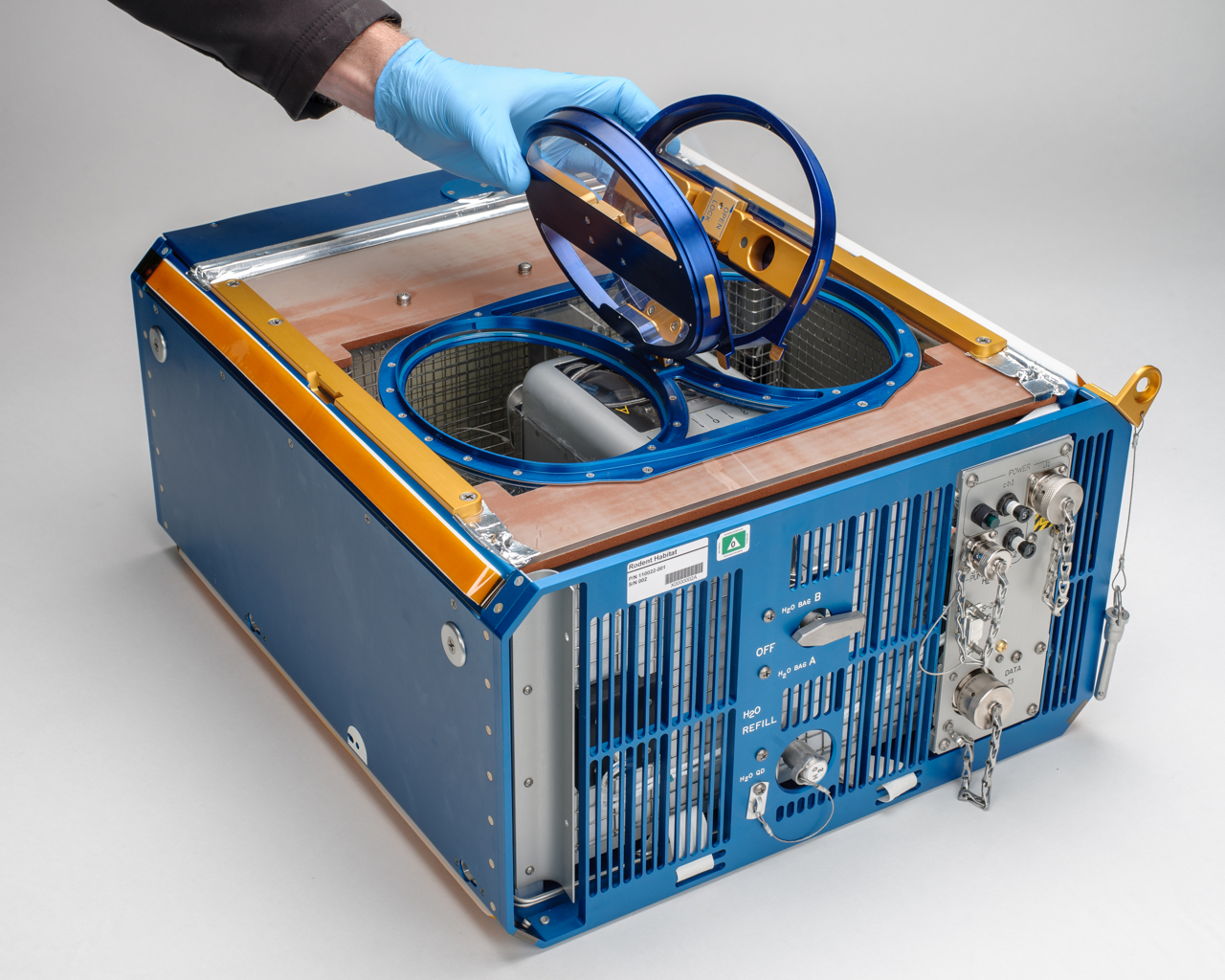
Embora ratos já tenham sido enviados ao espaço anteriormente, essa vai ser a primeira vez que animais do tipo passam tanto tempo fora da atmosfera terrestre. O objetivo da agência é estudar a maneira como eles se comportam e se desenvolvem em comparação com a forma como isso acontece em ambientes comuns.
Os “miniastronautas” devem viver dentro de ambientes artificiais que contam com tudo o que é necessário para uma vida confortável, incluindo companhias (cada módulo pode abrigar 10 camundongos ou 6 ratos). A esperança é a de que o experimento traga respostas contundentes sobre como a baixa gravidade afeta organismos de mamíferos, que são bastante semelhantes entre si do ponto de vista fisiológico.
4) Fazendas espaciais
Embora a relativa proximidade da Estação Espacial Internacional em relação à Terra torne fácil reabastecer seus suprimentos de comida, isso não seria exatamente viável caso a estrutura estivesse próxima de Marte, por exemplo. Assim, não é de se estranhar que uma das principais preocupações da NASA atualmente seja a de criar meios eficientes de cultivar alimentos no ambiente espacial.

Para isso, a agência desenvolveu vegetais “astrofônicos”, cuja primeira leva foi entregue à Estação em abril deste ano. Iluminadas por uma série de LEDs na cor vermelha, unidades especiais responsáveis pelo crescimento de folhas de alface apresentam sementes, fertilizantes e argila em seu interior.
Assim que chegarem a seu estado de maturação, as plantas vão ser congeladas e enviadas de volta à Terra para passar por uma fase de estudos. Caso elas se provem seguras para consumo humano, isso pode inaugurar uma nova era da alimentação espacial, oferecendo aos astronautas um cardápio mais variado do que o atual.
5) Dextre
Uma das imagens mais emblemáticas de qualquer filme que trate sobre astronautas — as caminhadas espaciais — pode em breve se tornar algo exclusivo da ficção. Tudo isso graças a um robô conhecido como “Dextre”, que deve ficar fixado permanentemente à estrutura da Estação Espacial Internacional com o único objetivo de realizar processo de manutenção e reparos.
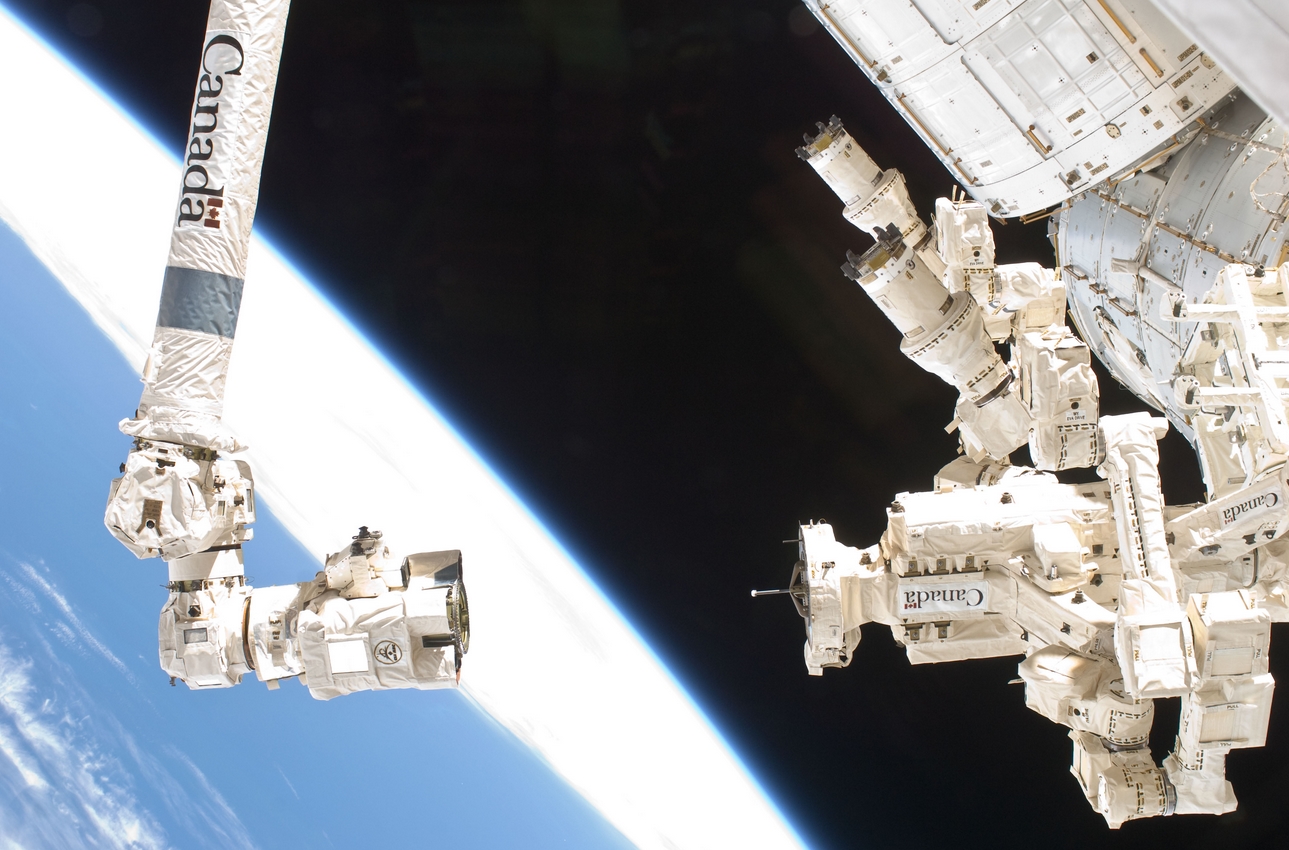
Desenvolvido pela Agência Espacial Canadense (CSA), o Dextre possui 3,5 metros de altura, braços preênseis (que podem se agarrar a algo) com quase a mesma extensão e o peso nada modesto de 1,7 tonelada. O aparelho pode ser controlado de forma remota por astronautas, embora os protocolos de segurança usados atualmente ditem que todos seus comandos devem ser enviados da superfície terrestre — tarefa coordenada que vai caber à NASA e à CSA.
Já em processo de operação, o robô tem desempenhado suas funções de maneira competente e até o momento não apresentou qualquer espécie de problema. Caso o dispositivo continue funcionando da maneira esperada, ele deve oferecer aos astronautas um precioso tempo extra para que eles possam se concentrar na realização de experiências.
6) Exploração da lua Europa
A lua de Júpiter conhecida como Europa há tempos tem intrigado cientistas pelo seu potencial de revelar a existência de vida alienígena. No entanto, há um grande problema que impede a realização de pesquisas mais aprofundadas — mais especificamente, a existência de uma barreira de gelo com mais de 30 quilômetros de espessura.
Se a tarefa de realizar uma escavação do tipo em ambiente terrestre já seria um grande desafio matemático, ela se torna ainda mais difícil quando se leva em consideração que estamos falando de uma região a 778 milhões de quilômetros de distância de nosso planeta. No entanto, isso não impede que o projeto de explorar a região já mostre sinais promissores para o futuro.
Graças a um financiamento de US$ 15 milhões concedido pelo presidente dos Estados Unidos, Barack Obama, a primeira etapa dessa missão deve ser iniciada em algum momento de 2022. Para isso, a NASA está desenvolvendo uma nova tecnologia de escavação que usa um canhão baseado em energia atômica como seu núcleo — projeto conhecido como VALKYRIE.
Atualmente, o equipamento está sendo testado na Geleira Matanuska, no estado norte-americano do Alasca. Para conseguir penetrar as camadas de gelo que bloqueiam o acesso à lua Europa, o equipamento usa jatos de água a temperaturas altíssimas que, até o momento, se mostraram eficientes em fazer os cortes necessários para que a missão possa obter sucesso.
7) Satélites compactos
A próxima geração de satélites da NASA pode ser radicalmente diferente dos aparelhos gigantescos e desajeitados usados atualmente. Na verdade, muitos deles devem ter uma aparência até mesmo simpática e um tamanho pequeno o suficiente para que você possa carregá-los sem problema usando somente uma mão.

Exemplo dessa nova tecnologia é o CubeSat, um objeto em forma cúbica com 10 centímetros de lado e peso total de somente 1,3 quilo. Graças às características customizáveis do aparelho, a agência norte-americana está permitindo que estudantes e escolas criem seus próprios designs e características — as opções mais interessantes eventualmente devem ser enviadas ao espaço.
Outra iniciativa nesse sentido são os satélites com tamanho semelhante ao de selos postais que foram enviados em 2011 junto à Endeavour para serem fixados na Estação Espacial Internacional. Caso os testes dessa tecnologia se provem bem-sucedidos, em breve ela pode passar a ser usada de forma massiva e, em alguns anos, substituir completamente os processos de produção caros e trabalhosos usados nos satélites atuais.
Fonte : www.tecmundo.com.br

